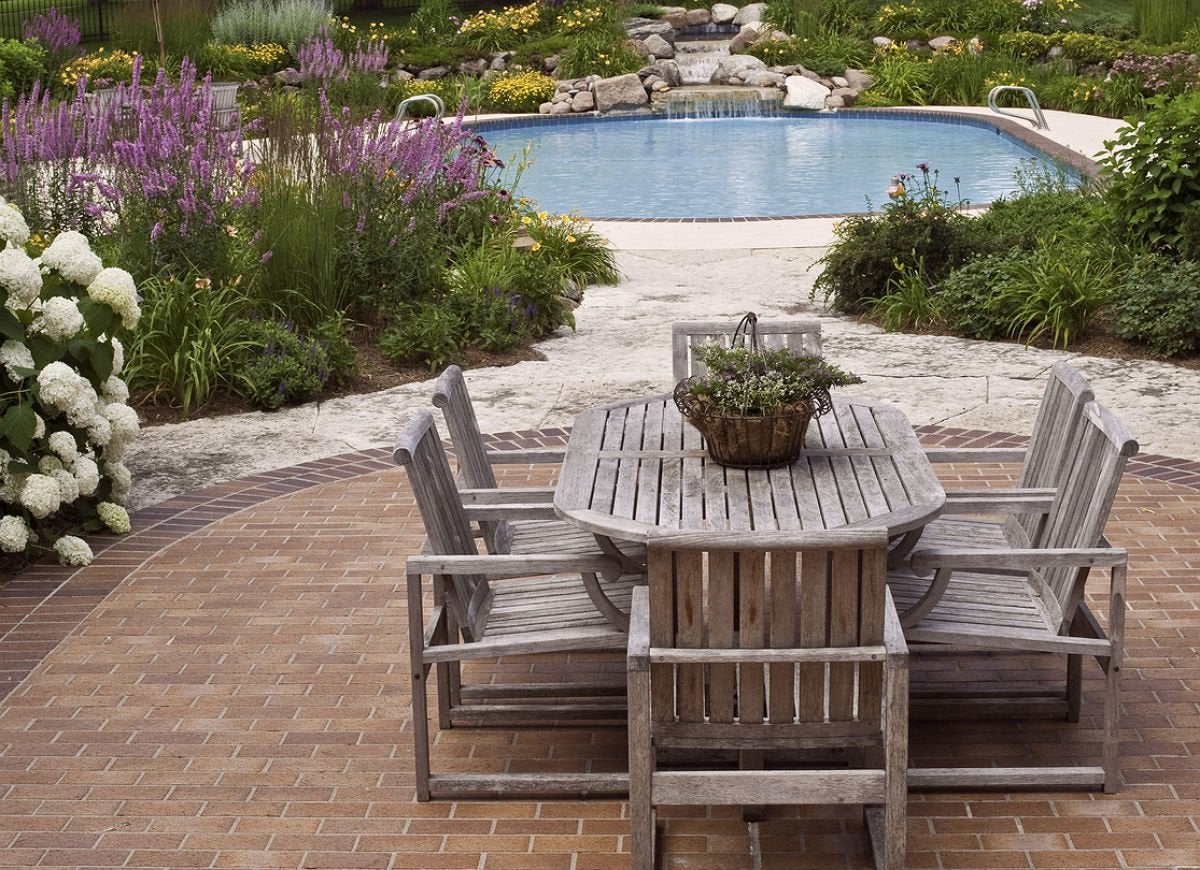

Articles
How To Choose A Size For Your Patio
Modified: January 24, 2024
Learn how to choose the perfect size for your patio with our informative articles. From measurements to design considerations, we have you covered!
(Many of the links in this article redirect to a specific reviewed product. Your purchase of these products through affiliate links helps to generate commission for Storables.com, at no extra cost. Learn more)
Introduction
Choosing the right size for your patio is a crucial decision that can greatly impact the look, functionality, and overall enjoyment of your outdoor space. Whether you’re planning to create a cozy nook for relaxation or an expansive area for entertaining guests, finding the perfect size requires careful consideration of various factors.
In this article, we will explore the key elements to keep in mind when determining the size of your patio. From available space and functionality to budget and aesthetic appeal, each aspect plays a significant role in creating a patio that suits your needs and preferences.
By delving into these considerations, you’ll gain insights and guidance to confidently select the ideal size for your patio, creating a space that seamlessly blends with your lifestyle and enhances your outdoor experiences.
Key Takeaways:
- Choose a patio size that aligns with your lifestyle, budget, and aesthetic preferences. Consider functionality, weather conditions, and privacy to create a space that enhances your outdoor living experience.
- Prioritize maintenance, available space, and furniture needs when selecting your patio size. Balance functionality, aesthetics, and practicality to create a space that suits your current and future needs.
Factors to Consider When Choosing the Size of Your Patio
When deciding on the size of your patio, there are several important factors to take into account. Considering these factors will help you make an informed decision that meets your needs and preferences. Let’s explore them:
- Available Space: The first factor to consider is the amount of space you have available for your patio. Take measurements of the area and consider any existing structures or features that may influence the size and shape of your patio.
- Functionality and Purpose: Determine how you plan to use your patio. Will it primarily serve as a dining area, a space for relaxation and lounging, or a combination of both? Understanding the intended purpose will assist in determining the size requirements.
- Furniture and Amenities: Consider the furniture and amenities you wish to incorporate into your patio. Will you have a table and chairs, a barbecue grill, a fire pit, or other features? Factor in the space needed for these items when deciding on the patio size.
- Budget: Your budget is another essential consideration. Larger patios with more extensive features can be more costly to design and construct. Be realistic about your budget limitations and choose a size that aligns with your financial resources.
- Aesthetic Appeal: Think about the overall aesthetic you want to achieve with your patio. Do you prefer a compact and cozy gathering spot or a spacious and open area? The size of your patio will play a significant role in creating the desired visual impact.
- Climate and Weather Conditions: The climate and weather conditions in your area should influence the size of your patio. If you experience frequent rainfall or harsh weather, you may want to consider a larger covered area or incorporate an awning or pergola for protection.
- Privacy and Screening Considerations: Assess the level of privacy you desire for your patio. If you have close neighbors or live in a crowded area, you may need to consider the placement and size of screening elements such as hedges, fences, or privacy walls.
- Maintenance and Upkeep: Keep in mind the maintenance requirements of your patio. A larger patio will typically require more regular cleaning, repairs, and upkeep. Consider your willingness to invest time and effort into maintaining the space when deciding on the size.
By taking these factors into account, you’ll be able to make a well-informed decision about the size of your patio. Remember that it’s essential to strike a balance between functionality, aesthetics, and practicality to create a space that you can enjoy for years to come.
Available Space
One of the primary factors to consider when determining the size of your patio is the amount of available space you have. Assessing the dimensions of your outdoor area is crucial in order to create a patio that fits seamlessly within your property.
Start by measuring the area where you plan to build the patio. Take into consideration any existing structures, trees, or landscaping features that may impact the size and layout of your patio. This will help you determine the maximum dimensions you can work with.
Consider the shape of your available space as well. If you have a long, narrow area, you may decide to create a rectangular or elongated patio shape to optimize the use of space. On the other hand, if the space is more compact, you might want to go for a smaller, circular patio design.
Furthermore, it’s important to leave room for movement and traffic flow around the patio. If you plan to have outdoor furniture or amenities, such as a grill or fire pit, ensure there is enough space to comfortably accommodate these elements.
In addition to measuring the available space, take note of any potential restrictions or limitations. Check local building codes or homeowner’s association regulations to ensure compliance. Also, consider the proximity to property lines and neighboring structures to avoid any issues or conflicts.
By carefully assessing the available space, considering the shape, and taking into account any restrictions or limitations, you can determine a patio size that works harmoniously with your outdoor area, maximizing both functionality and aesthetics.
Functionality and Purpose
The functionality and purpose of your patio will greatly influence the size and layout of the space. Understanding how you plan to use the patio is key to creating a design that aligns with your lifestyle and meets your specific needs.
Consider the primary function of the patio. Will it primarily serve as a dining area for outdoor meals and gatherings? If so, you’ll need to allocate enough space for a table, chairs, and sufficient clearance for movement around the dining set.
If relaxation and lounging are your main priorities, then you’ll want to create a space that accommodates comfortable seating such as outdoor sofas, lounge chairs, or hammocks. Determine the number of seating options you’d like to incorporate and ensure there is enough space for people to move freely.
Perhaps you envision your patio as a multi-functional area, where you can both dine and relax. In this case, you’ll need to strike a balance between providing enough space for seating and dining furniture.
Consider any additional activities you may engage in on the patio, such as gardening, yoga, or entertaining guests. Allocate space for these activities, ensuring that you have enough room to comfortably engage in them without feeling cramped or restricted.
By understanding the primary function and purpose of your patio, you can determine the appropriate size that allows for the activities you enjoy, providing a functional and versatile outdoor space.
Furniture and Amenities
The furniture and amenities you plan to incorporate into your patio will play a crucial role in determining its size and layout. Considering these elements will help you create a space that is not only visually appealing but also practical and comfortable.
Start by making a list of the furniture pieces you want to include on your patio. This may include items such as a dining table and chairs, outdoor sofas, lounge chairs, or hammocks. Take note of the dimensions of these pieces and factor them into the overall space requirements.
When arranging your furniture, allow for enough space to move around comfortably. Leave ample clearance between chairs and tables to ensure ease of movement and to avoid a cramped feel. Consider the flow of traffic and how guests will navigate through the patio.
In addition to furniture, think about the amenities you wish to incorporate. Are you planning to have a barbecue grill, a fire pit, a water feature, or an outdoor kitchen? These amenities will require their own dedicated space and may influence the overall size and layout of your patio.
It’s also important to consider storage options for cushions, gardening tools, and other items. If you plan to include storage units or cabinets, make sure to allocate space for them within the patio design.
Remember that the size of your patio should not only accommodate the furniture and amenities you desire but also allow for a spacious and comfortable atmosphere. Leave room for flexibility to rearrange or add furniture in the future if needed.
By carefully considering the furniture pieces and amenities you wish to include, you can design a patio that not only meets your functional needs but also creates an inviting and cozy outdoor space.
Budget
When choosing the size of your patio, it is essential to take your budget into consideration. The size of the patio can directly impact the overall cost of construction and materials.
Larger patios will require more materials such as paving stones, concrete, or decking supplies, which can increase the cost. Additionally, the cost of furniture, amenities, and landscaping elements will also increase as the size of the patio expands.
It’s important to establish a budget for your patio project before making any decisions. Determine how much you are willing to invest in the construction, materials, and furnishings. This will help guide you in deciding the size that fits within your financial means.
Consider cost-effective options that still provide the desired functionality and aesthetics. For example, opting for affordable materials or pre-made furniture sets can help you stay within budget while still achieving a stylish and functional patio.
Remember to account for any additional expenses such as professional installation, landscaping, or lighting if necessary. It’s always wise to have a contingency fund for unexpected costs that may arise during the construction process.
By considering your budget when choosing the size of your patio, you can create a space that not only meets your needs but also aligns with your financial capabilities.
When choosing a size for your patio, consider the primary activities you’ll be using it for, such as dining, lounging, or entertaining. This will help you determine the amount of space needed for furniture and movement.
Aesthetic Appeal
When selecting the size of your patio, it’s important to consider the overall aesthetic appeal you want to achieve. The size of the patio can greatly impact the visual impact and cohesiveness of your outdoor space.
Think about the style and atmosphere you want to create in your patio. Do you prefer a cozy, intimate space or a grand, expansive area? The size of the patio will contribute to the overall ambiance and mood.
Consider the proportions of your property and the surrounding landscape. A large patio may overpower a small yard, while a small patio in a large yard may feel insignificant. Strive for a balance that complements the existing features and size of your outdoor space.
Take note of any architectural elements or design themes present in your home and extend them to your patio. For example, if your house has a modern aesthetic, a sleek and minimalist patio design would be a suitable choice. If your home has a rustic or traditional style, a patio with natural materials like stone or wood would be more fitting.
Furthermore, consider the shape and layout of the patio. Straight lines and geometric shapes can convey a contemporary and clean look, while curved edges can create a soft and organic feel. The size of the patio should align with the chosen shape and design scheme.
It’s also important to choose materials and colors that complement the overall aesthetic of your outdoor space. Whether it’s natural stone, concrete, wood, or a combination of materials, ensure that they harmonize with the existing elements such as the house facade, landscaping, and surrounding environment.
By considering the aesthetic appeal, you can ensure that the size of your patio not only meets your functional needs but also creates a visually appealing and cohesive outdoor space that reflects your personal style.
Climate and Weather Conditions
The climate and weather conditions in your area should play a significant role in determining the size of your patio. Considering these factors will ensure that your patio can be used comfortably throughout the year.
If you live in an area with a mild climate and enjoy pleasant weather for most of the year, you may want to prioritize creating a larger patio. This will allow for ample space for outdoor activities and entertaining guests.
On the other hand, if you reside in an area with extreme heat or frequent rainfall, it might be beneficial to opt for a smaller or partially covered patio. This will provide shade and protection from the elements, ensuring that you can still enjoy your outdoor space regardless of the weather conditions.
Consider incorporating elements such as awnings, umbrellas, patio covers, or pergolas into your design. These structures can provide shade and shelter during hot summer days or brief rain showers, allowing you to comfortably use your patio year-round.
Furthermore, think about the materials you choose for your patio surfaces. Some materials, such as concrete or stone, can absorb and radiate heat, making the space uncomfortable during hot weather. Alternatively, lighter-colored materials or surfaces that reflect heat can help keep the patio cooler.
If your area experiences strong winds or storms, consider the durability of the patio design and materials. Choose sturdy furniture and ensure that any structures or features are securely anchored to withstand inclement weather.
By considering the climate and weather conditions in your area, you can design a patio that not only suits your needs but also allows you to enjoy your outdoor space comfortably no matter the season or weather.
Privacy and Screening Considerations
When determining the size of your patio, it is important to take privacy and screening considerations into account. Creating a private and secluded space will enhance your comfort and enjoyment of the outdoor area.
Assess the surrounding landscape and neighboring properties. Determine if there are any potential privacy concerns, such as close proximity to neighbors or busy roads. This will help you determine the size and layout of the patio to create a sense of seclusion.
Consider incorporating screening elements into your patio design. This can include fences, trellises, pergolas, or privacy walls. These features not only enhance privacy but also add visual interest and define the boundaries of your outdoor space.
When choosing the size of your patio, make sure to leave enough space between the patio and the screening elements. This will provide room for plants, shrubs, or climbing vines to further enhance privacy and create a natural and green barrier.
Additionally, consider the height of the screening elements. Taller structures can provide more privacy but may also block out natural light. Strike a balance between privacy and maintaining a sense of openness and natural light in your patio.
It’s also worth considering the placement of seating and gathering areas within the patio. Position seating and dining areas strategically to maximize privacy and minimize exposure to neighboring properties or public spaces.
By addressing privacy and screening considerations, you can create a patio that offers a private and intimate outdoor retreat, allowing you to relax and enjoy your outdoor space in peace.
Read more: How To Choose A Patio Heater
Maintenance and Upkeep
Considering the maintenance and upkeep requirements of your patio is crucial when determining its size. Different patio sizes and materials will have varying levels of maintenance needs, and it’s important to choose a size that aligns with your willingness to invest time and effort into upkeep.
Keep in mind that larger patios generally require more regular cleaning, sweeping, and general maintenance. More surface area means a potentially greater accumulation of leaves, debris, and dirt. If you have a smaller patio, you may have a simpler time keeping it clean and well-maintained.
Additionally, consider the materials you choose for your patio surfaces. Some materials, such as natural stone or wood, may require more frequent sealing, staining, or reapplication of protective coatings to maintain their appearance and longevity.
Think about your lifestyle and available time for patio maintenance. If you have a busy schedule or prefer low-maintenance outdoor spaces, opting for a smaller patio may be a practical choice. A smaller size will require less time and effort to keep it looking its best.
If you enjoy gardening and landscaping, consider the space surrounding your patio. A larger patio may allow for more planters, flower beds, or landscaping features, which can increase the overall maintenance requirements of the area.
It’s essential to strike a balance between the size of your patio and your ability to maintain it. A well-maintained patio will not only enhance its appearance but also contribute to the longevity and durability of the space.
By considering the maintenance and upkeep requirements, you can choose a patio size that fits within your capabilities and ensures that your outdoor space remains beautiful and well-maintained for years to come.
Conclusion
Choosing the size of your patio is a decision that should be approached with careful consideration. By taking into account factors such as available space, functionality and purpose, furniture and amenities, budget, aesthetic appeal, climate and weather conditions, privacy and screening considerations, and maintenance and upkeep, you can make an informed decision that meets your needs and preferences.
Consider the available space you have and how it can accommodate your desired patio size. Determine its functionality and purpose, whether it’s for dining, relaxation, or a combination of activities. Factor in the furniture and amenities you plan to incorporate, as well as your budget limitations.
Think about the aesthetic appeal you want to achieve and how the patio size will contribute to the overall visual impact. Take into account the climate and weather conditions in your area to ensure the comfort and usability of your patio throughout the year.
Privacy and screening considerations play a significant role, so evaluate the level of privacy you desire and incorporate suitable screening elements into your patio design. Lastly, weigh the maintenance and upkeep requirements against your available time and willingness to care for the patio.
By considering these factors, you can choose a patio size that perfectly suits your needs, lifestyle, and outdoor space. A well-designed and well-proportioned patio will not only enhance the functionality and aesthetics of your outdoor area but also serve as a place of relaxation, entertainment, and enjoyment for you and your loved ones.
Remember to approach the decision with flexibility and adaptability, as your needs may change over time. With careful planning and consideration, your patio can become a cherished space that enhances your outdoor living experience for years to come.
Frequently Asked Questions about How To Choose A Size For Your Patio
Was this page helpful?
At Storables.com, we guarantee accurate and reliable information. Our content, validated by Expert Board Contributors, is crafted following stringent Editorial Policies. We're committed to providing you with well-researched, expert-backed insights for all your informational needs.
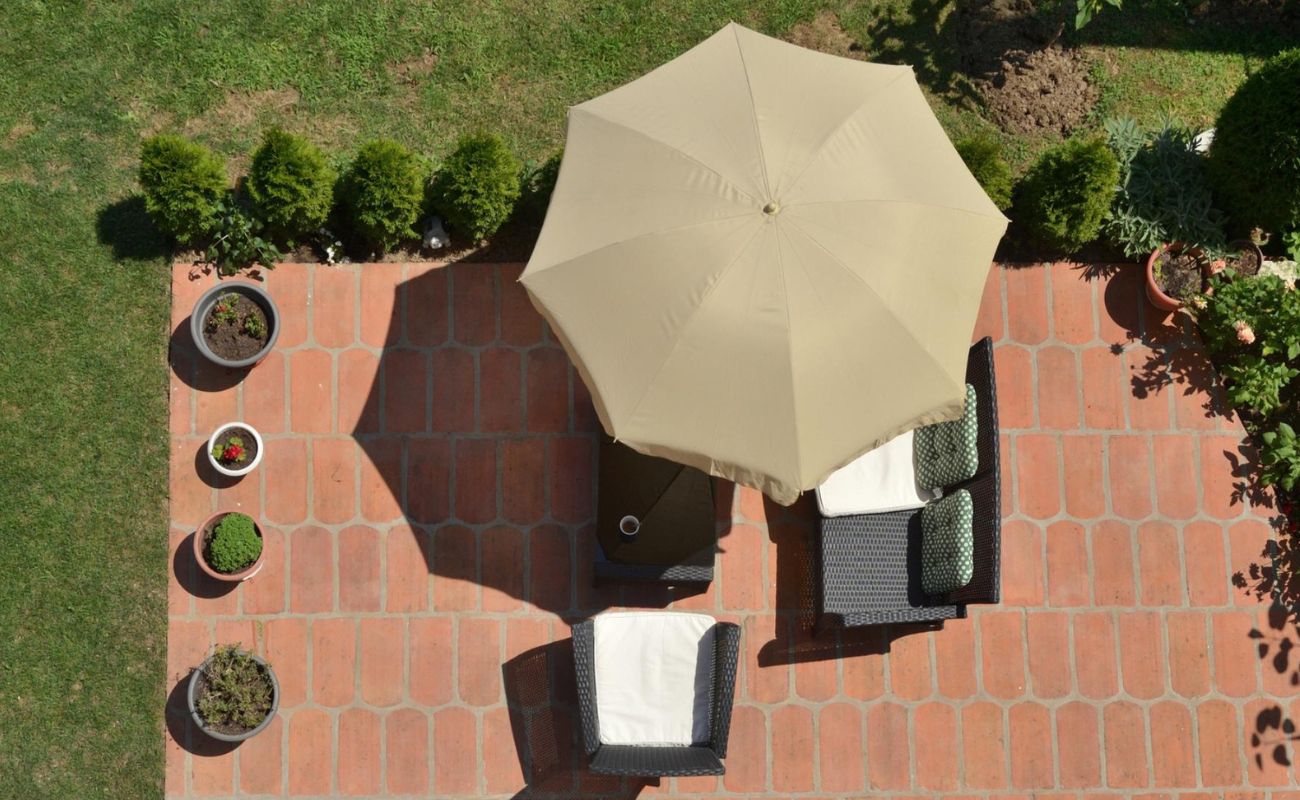





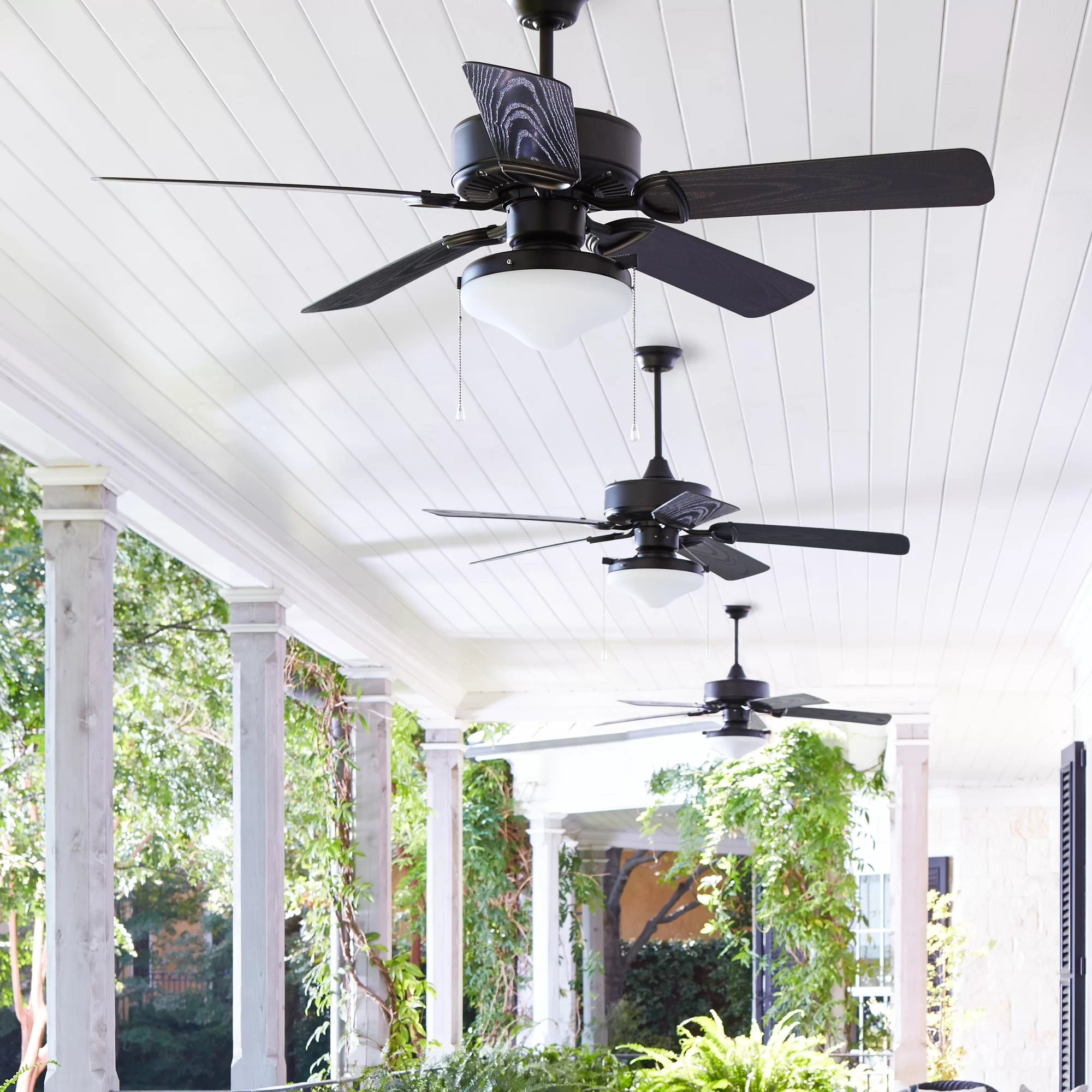


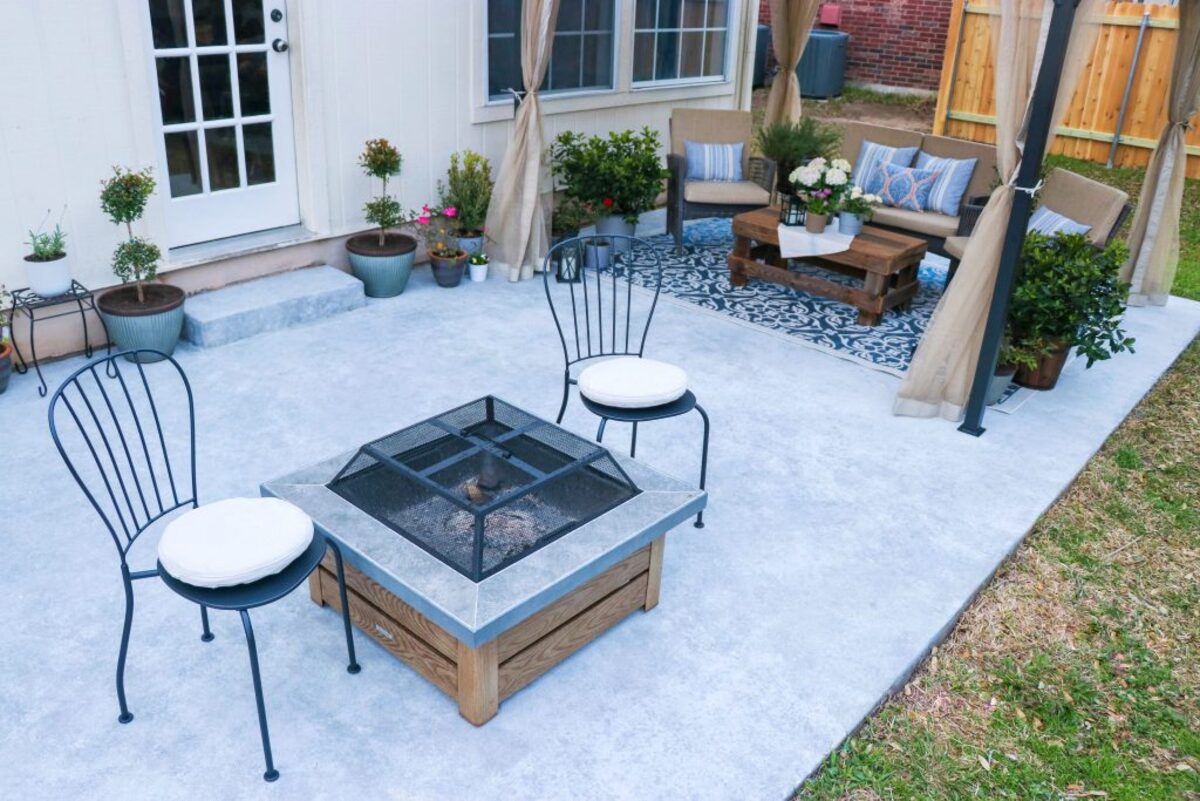
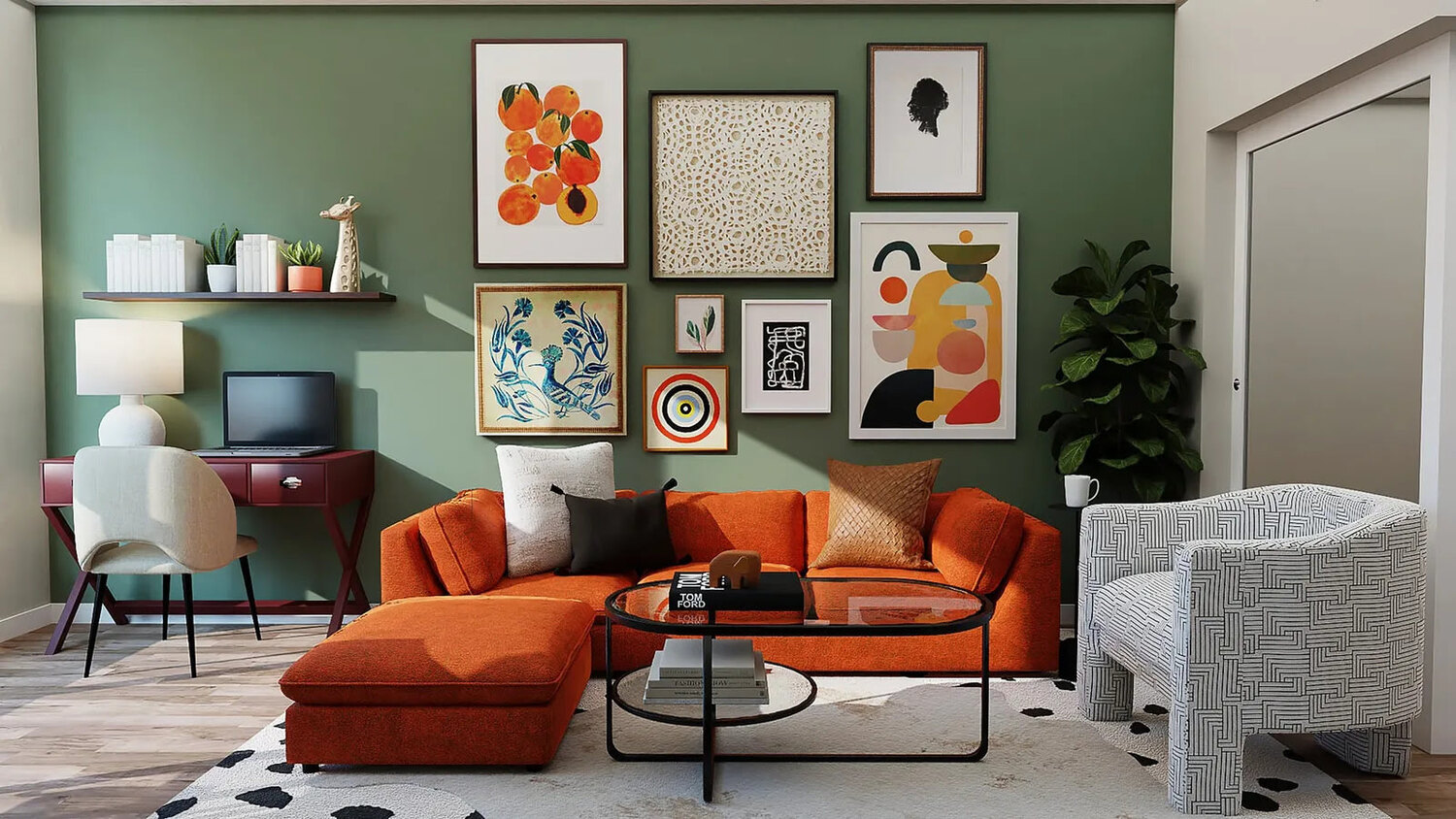



0 thoughts on “How To Choose A Size For Your Patio”